What Does Zero-Rated VAT Mean?
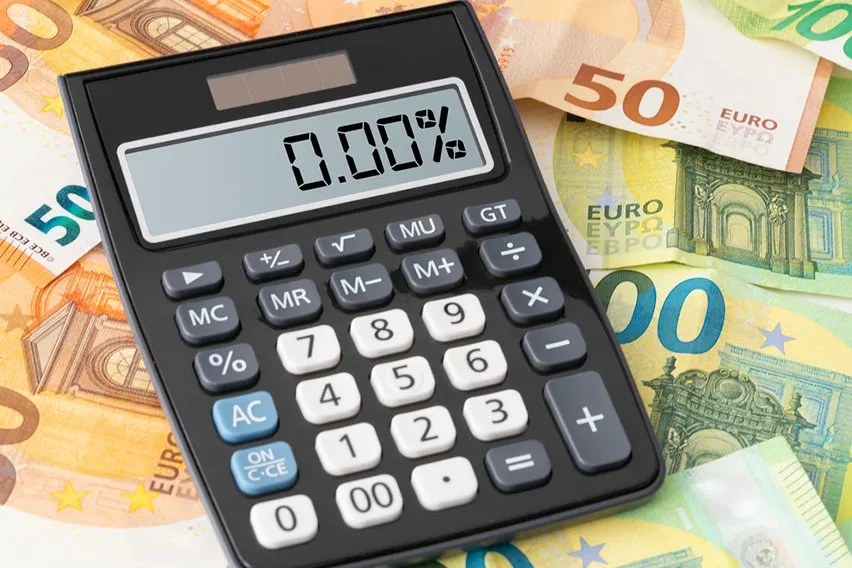
If you are a registered VAT business in the UK, then you charge VAT when customers purchase your goods or services. But the VAT rate that you charge depends on a few different things, including the specific types of goods or services that you offer. There are also certain goods and services that are exempt from VAT or that fall outside the scope of the VAT system in the UK.
Before getting into what Zero-Rated VAT means and how it works, it’s also important to understand VAT in general. You also need to be aware that the type of goods and services that customers can purchase will determine the VAT rate. Let’s take a look at how different rates of VAT work.
Here’s What We’ll Cover:
What Is VAT and How Does It Work?
Is There a Difference Between Zero-Rated and Exempt Items?
What Is VAT and How Does It Work?
VAT (value-added tax) gets levied on any sales of goods or services that you make. It’s basically a consumption tax, but it’s also a sort of indirect tax since it’s collected on behalf of HMRC. The standard VAT rate for businesses in the UK is 20%. To help calculate VAT on sales, you can use a FreshBooks’ free VAT calculator.
This rate is charged on most purchases, but there are a few other rates to know. The reduced VAT rate gets charged at 5% and it includes things like energy-saving measures, sanitary products or children’s car seats. The other rate is the zero rate, which gets charged at 0%.
The Zero-Rated services can include things like books, newspapers, and most food. And even though there is no VAT charged, you still need to record the sale of any zero rate goods and services. You must report that information on your VAT return.
As well, there are some goods and services that get considered to be exempt. Some exempt items could be financial or property transactions. And just like zero-rated VAT services, there is a VAT exemption for some items. However, you do not need to include the exempt items in your taxable turnover.
You must register your business to pay and charge VAT on any products or services that you sell when your taxable turnover exceeds £85,000. You can choose to register for VAT even if your turnover is less than that, it just depends on your business needs.

What Is Zero-Rated VAT?
One of the VAT rates is zero-rated VAT, where 0% gets charged. However, this rate only applies to some goods and taxable services. Here are some of the most common:
- Certain types of food and drink
- Certain types of prescription drugs and medical equipment
- Certain types of fertilisers, seeds and plants that get used to produce food
- Some types of children’s clothing and footwear
- Any supplies that are VAT-registered by qualifying businesses under the zero-rating scheme
For example, something like travel, which would include flight, train or bus costs, are VAT exempt. Any direct costs to your business, like mobile phone or internet costs, are charged the standard 20% VAT rate. And something like food, including hot takeaway food, alcohol or soft drinks, get charged Zero-Rated VAT.
Is There a Difference Between Zero-Rated and Exempt Items?
There are a few key differences between zero-rated and exempt items.
Zero-Rated goods and services:
- These are items that the government charges VAT on but currently have the rate set to zero. Some of the items that can get included in the zero-rated classification are water, basic food, books and newspapers.
Exempt goods and services:
- These are items where you don’t pay or charge any VAT at all. However, you still must record the details on your VAT return. Some of the items in the exempt classification are land, health services, gaming and postal services.

Conclusion
If you’re a VAT registered business in the UK then it’s helpful to know which VAT rate different goods and services will get charged. Depending on the products that you sell it could have a big impact on your business. It’s not mandatory to register your business for VAT until your taxable turnover exceeds £85,000, but you can if you think it’s in your best interest.
Zero-Rated VAT applies to any goods or services where 0% VAT gets charged. This can include some food and drink, different types of oral medicine and certain items that get used to produce food. Take a look at the HMRC website for a full breakdown of the goods and services that are Zero-Rated VAT. There are always complex business challenges when it comes to a tax refund, but understanding the VAT zero-rating can help.
Did you enjoy reading this guide? Head over to our resource hub for more great content!
RELATED ARTICLES

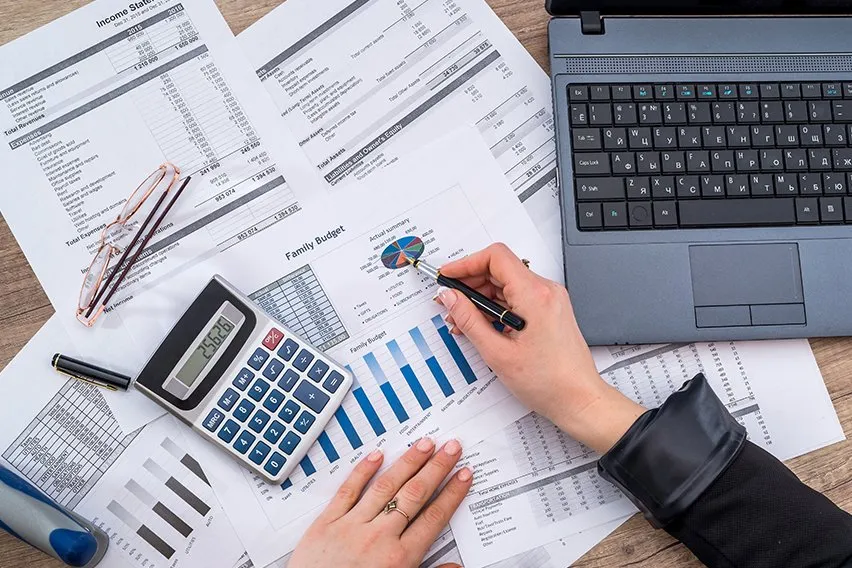 How Does Flexible Furlough Work: All You Need to Know
How Does Flexible Furlough Work: All You Need to Know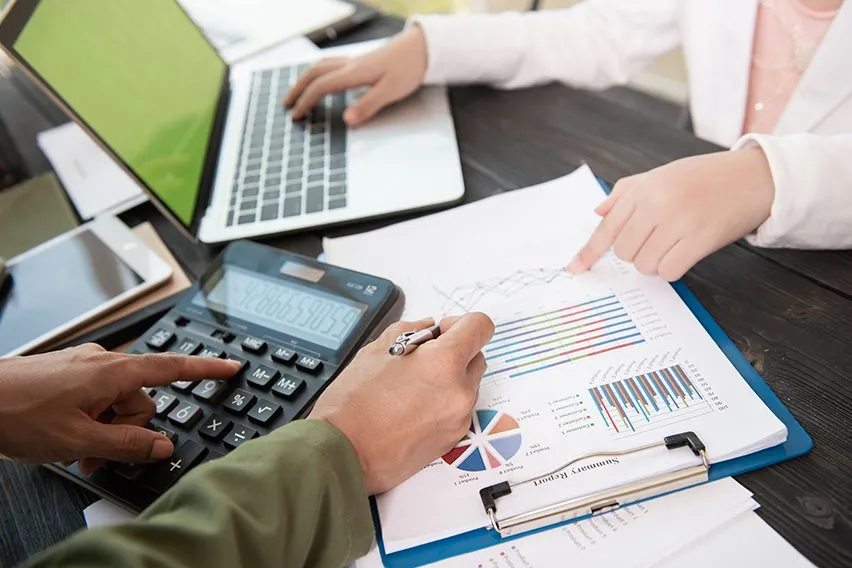 What Is Capital Allowance & How Does It Work?
What Is Capital Allowance & How Does It Work?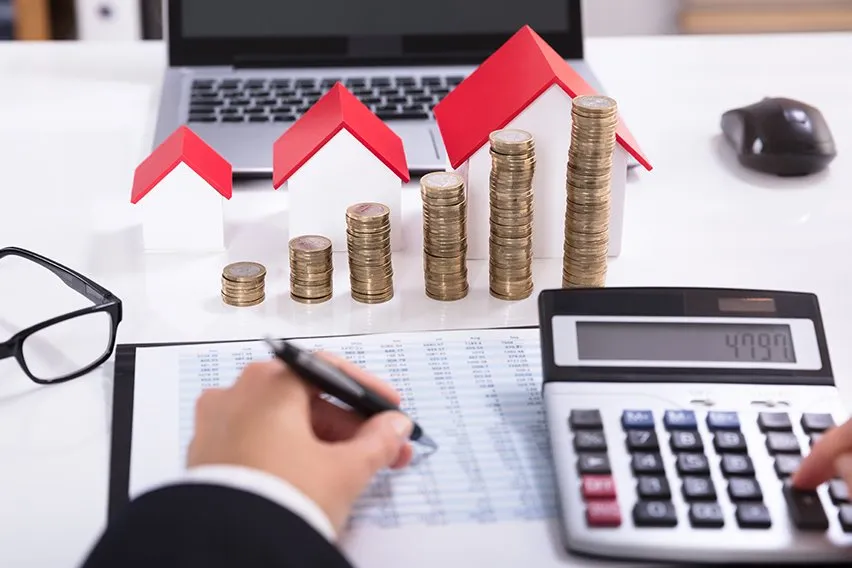 UK Small Business Tax Guide: What Taxes to Pay
UK Small Business Tax Guide: What Taxes to Pay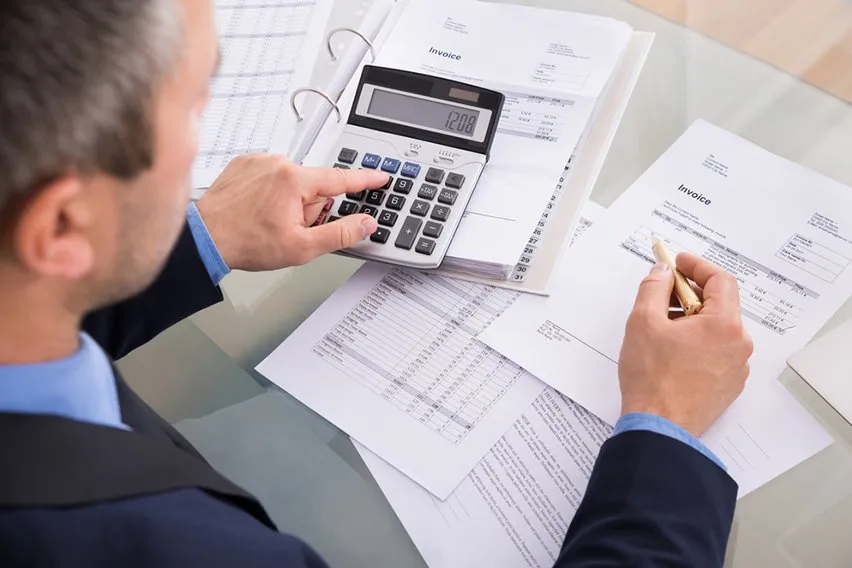 How Much Limited Company Tax Do I Need to Pay?
How Much Limited Company Tax Do I Need to Pay?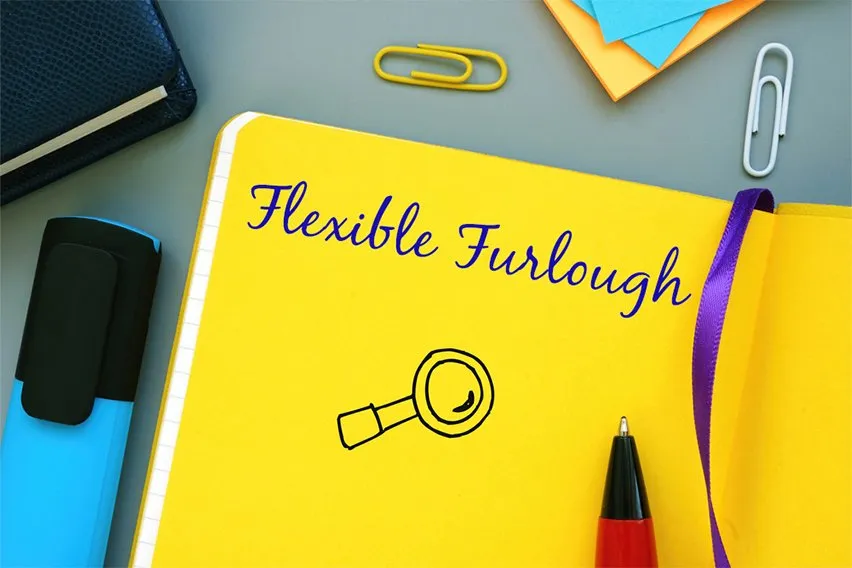 What Is Flexible Furlough and How Does It Work?
What Is Flexible Furlough and How Does It Work?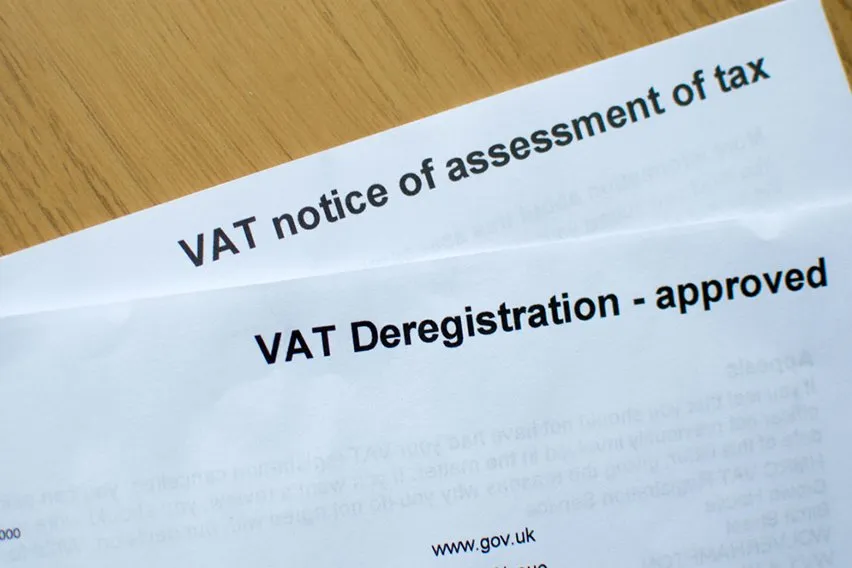 VAT Deregistration: Tips & Guide
VAT Deregistration: Tips & Guide